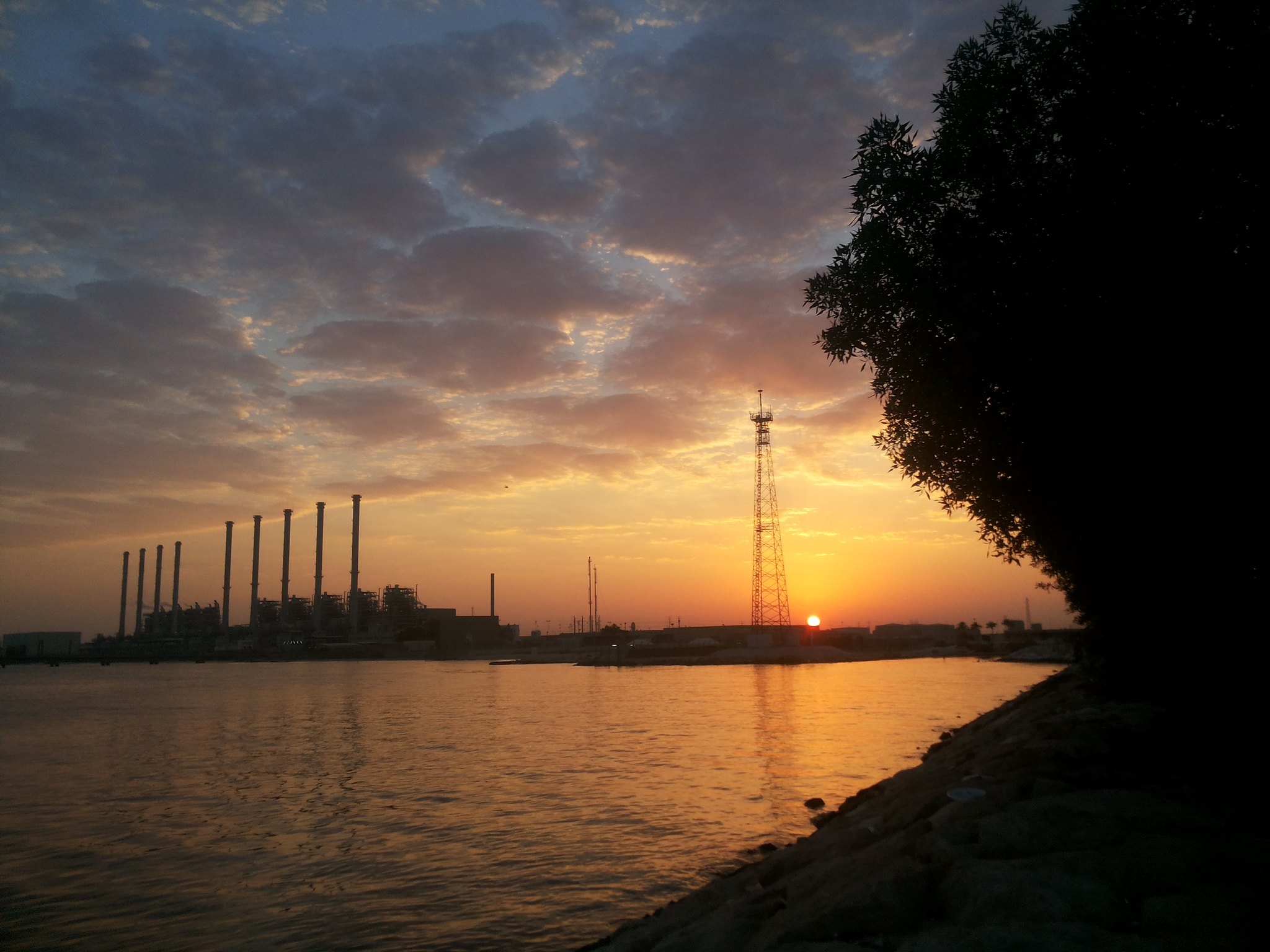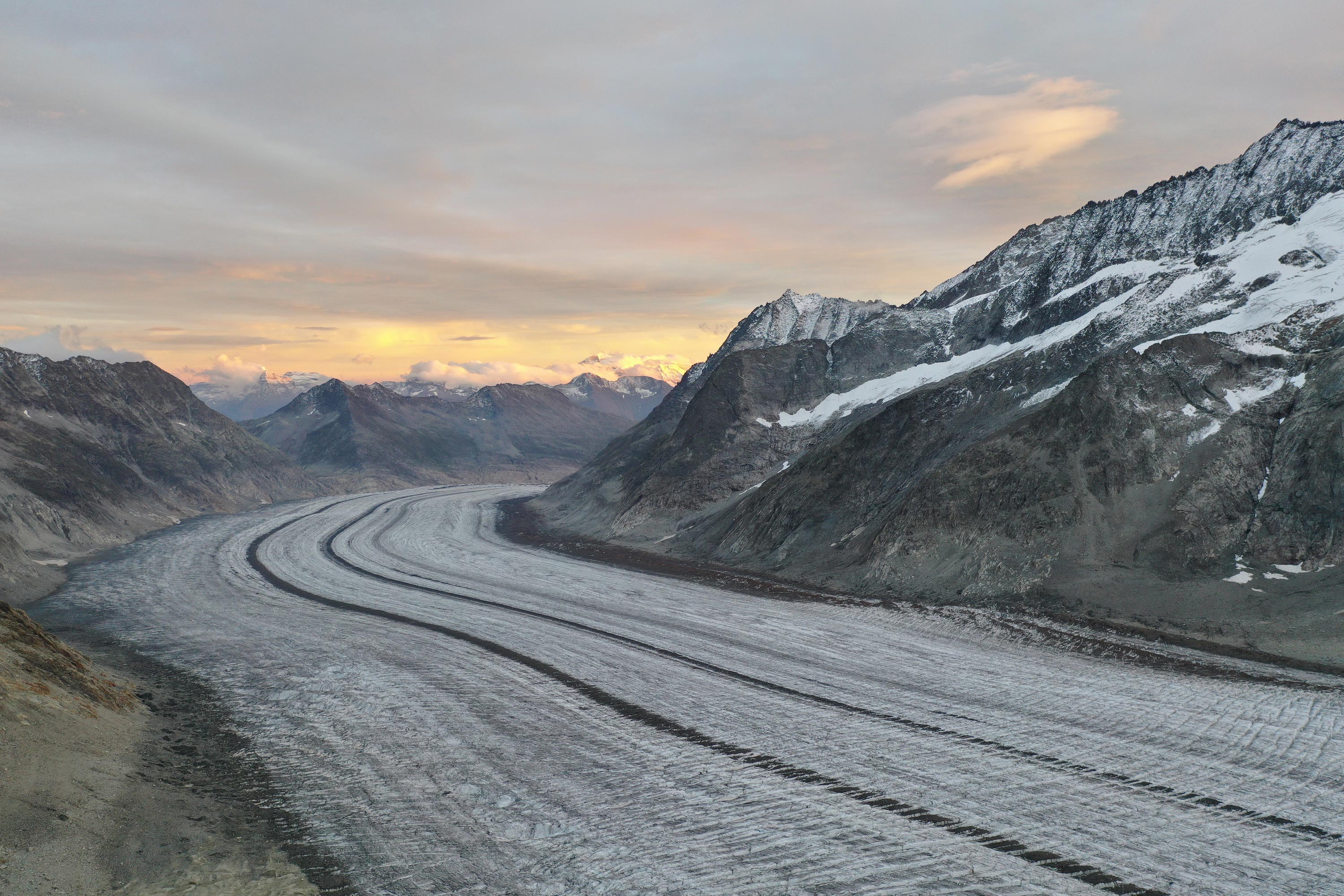In many places in Africa there is a close relationship between societal well-being and environmental conditions, relating particularly to biomass for energy and food production, as well as water availability and water quality. African societies face growing global change risks, with rapidly changing patterns of human settlements and intensity of use of ecosystem services.
At the same time, climate variability and climate change are intensifying stress on both terrestrial and marine ecosystems that ensure environmental security. Meteorological droughts (lack of rain) often lead to hydrological and agricultural droughts (lack of water in surface to underground water bodies, and of moisture in the soil), so that the fulfilment of crop water requirement is at risk from both the rainfed and irrigation side. Moreover, climate variability accounts for up to 60% of yield variability in major parts of the world and is thus a crucial factor for food stability.
In addition to the intensification of climate shocks and stresses, last year the small-scale rural producers in Eastern and Southern African countries faced many challenges such as recovering their livelihoods after the impact of the COVID-19 pandemic and new threats to food supply and affordability caused by the war in Ukraine. According to the latest annual report published by the International Fund for Agricultural Development (IFAD), these threats are making small-scale farming increasingly difficult and have contributed to an increase in food insecurity across the region, after 20 years of improvements.
Adaptation in agriculture
The scenario is no better in North Africa which is one of the world’s regions with the lowest availability of per capita natural resources and one of the most vulnerable to climate change. Here, such as in the neighbouring Near East, agriculture is the main livelihood for the rural population, which represents 38% of the total population of the region. Increasing pressures on agriculture and natural resources make it urgent for the NENA region, and especially the primary sector, to improve the development and implementation of adaptation plans and actions to cope with climate change. According to the paper “Costs and effectiveness of climate change adaptation in agriculture: a systematic review from the NENA region“, one of the outcomes of the work commissioned by FAO and led by CMCC Foundation in the framework of the project SEICA-NENA, the integration of different agricultural management techniques, namely the combination of crop, water, and soil management techniques, can provide greater benefits than the application of a single practice.
In addition, the application of climate smart agriculture techniques – an approach for developing agricultural strategies to secure sustainable food security under climate change – and conservation agriculture – a farming system that avoids or minimizes tillage and provides for a maintenance of a permanent soil cover and diversification of plant species – can provide benefits in terms of both adaptation and mitigation of climate change. Indeed, on the one hand, they can maintain or even improve crop yields; on the other hand, they can increase carbon sequestration and reduce greenhouse gas emissions. The findings of available studies also highlight the importance of including traditional knowledge as a source of information to inform effective adaptation practices.
Urban vulnerability
Flooding in urban areas is not just related to heavy rainfall and extreme climatic events but it is also related to changes in the built-up areas themselves. Urbanization restricts where floodwaters can go by covering large parts of the ground with roofs, roads and pavements, thus obstructing natural channels.
Large-scale urbanization and population increases have led to large numbers of people, especially the poor, settling and living in floodplains in and around urban areas. As people crowd into African cities, human impacts on urban land surfaces and drainage intensify. Even moderate storms now produce quite high flows in rivers because of surface runoff from hard surfaces and drains. Such situations frequently arise when poor people build on low-lying floodplains, over swamps or above the tidewater level on the coast.
The effects of climate change are superimposed on people-driven local land surface modifications and could intensify the impact of urban growth on flooding.
Energy demand
Today Africa is a small emitter, but it has a large and faster-than-average growing population and per capita income that could drive future energy demand and, if unconstrained, emissions. In 2014, a study by CMCC researcher Enrica De Cian, and colleagues, used a multi-model comparison to characterize the potential future energy development for Continental and Sub-Saharan Africa under different assumptions about population and income. The results suggested that population and economic growth rates will strongly influence Africa’s future energy use and emissions. Affluence is only one side of the coin and the range of future emissions is also contingent on technological and political factors. Higher energy intensity improvements occurred when Africa grew faster.
In contrast, climate intensity varied less with economic growth and it is mostly driven by climate policy. African emissions could account for between 5% and 20% of global emissions, with Sub-Saharan Africa contributing between 4% and 10% of world emissions in 2100. In all scenarios considered by the authors, affluence levels remained low until the middle of the century, suggesting that the population could remain dependent on traditional bioenergy to meet most residential energy needs. Although the share of electricity in final energy, electric capacity and electricity use per capita all rise with income, even by mid-century they do not reached levels observed in contemporary developed countries.
Adaptation in the job market
Temperature rise due to climate change has negatively affected labour productivity in the past decades and will keep damaging it. Increasing temperatures reduce the availability of workers in industries with high exposure to heat, such as farming, construction, fishing and mining. On the other hand, workers of sectors like the manufacturing, or office work, which are conducted indoor, are less affected by the temperature rise. Regarding the firsts, higher temperatures may result in a reduction in labour supply which can impact the overall productivity of labour-intensive industries. Indeed, higher temperatures have a negative impact on working hours of low-skilled labour, especially among women who are more vulnerable to heat stress.
This would create more demand for this type of labour, driving a potential increase in the relative wages of low-skilled female workers. This would close the wage gap between male and female low-skilled labour as well as the wage gap between low-skilled and high-skilled female labour. Although the climate change may reduce the gender pay gap on labour supply, its overall impact on the economy remains negative considering the damages to labour availability and sectoral productivity. According to a recent paper published by CMCC researchers Soheil Shayegh and Shouro Dasgupta, the total economic output per adult could shrink by up to 11% in South Africa by the end of the century under a severe climate scenario.
Picture Credits CC from CIAT/NeilPalmer via Flickr.





